Andean Mountain Cat Facts
- The highly informative term of Andean Mountain Cat perfectly serves as the most frequently used common name for this wild feline. Yet, it does have other general titles by which it’s known. These include Andean cat, Gato andino, Mountain cat of the Andes, or simply the Titi.
- Within the hallowed halls of science, however, it’s perhaps much better known by its purely technical designation. Fortunately, that’s a relatively simple tag for the layperson to pronounce, at least compared to many such names. It holds the formal moniker Leopardus jacobita.
- This marvel of Nature received that somewhat easy epithet due to the efforts of Emilio Cornalia. That respected Italian naturalist accomplished the first official acknowledgement of it as a separate and distinct species. He achieved that scientifically noteworthy deed in 1865.
- Limited studies indicate it has very low genetic diversity. Given its elusive nature and the challenges in studying it, this product of evolution remains one of the least understood wild felines. Thankfully, conservation efforts now remain ongoing to protect the species.
- Lamentably, this remarkable mammal possesses an extremely small remaining population. Estimates place this number at fewer than 1,500 surviving individuals. Due to this unfortunate state, the IUCN currently lists this remarkable feline as Endangered on its publsihed Red List.
- This wonderful fauna faces numerous threats to its continued existence as a species. Like all forms of life on earth, most of these many dangers stem from the actions of mankind, either directly or indirectly. Chief among these stands the perils of habitat loss and climate change.
Related Articles
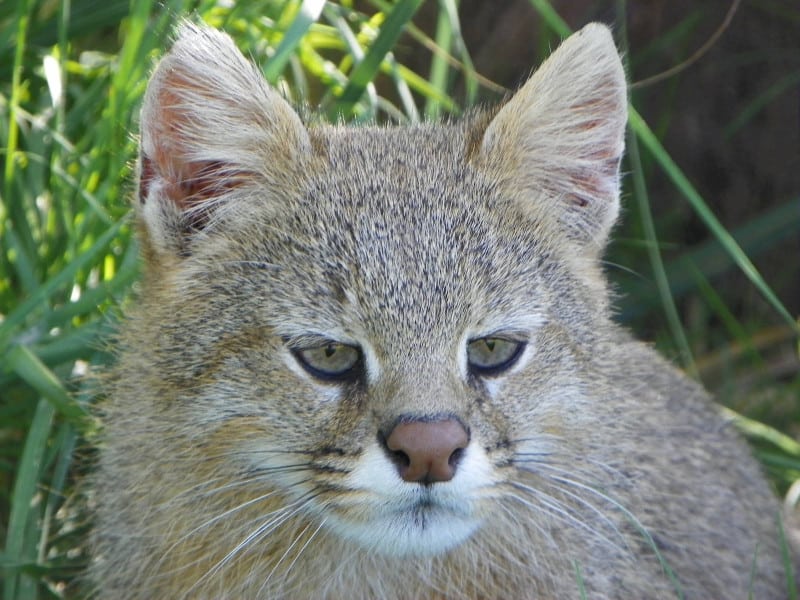
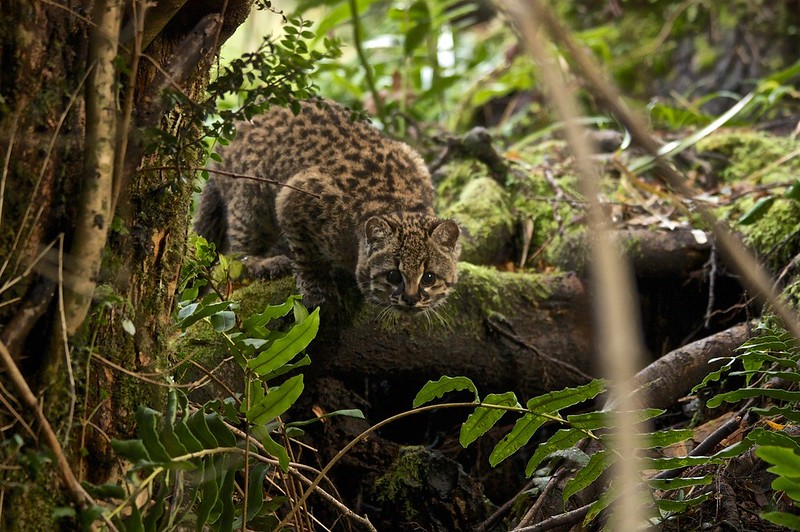
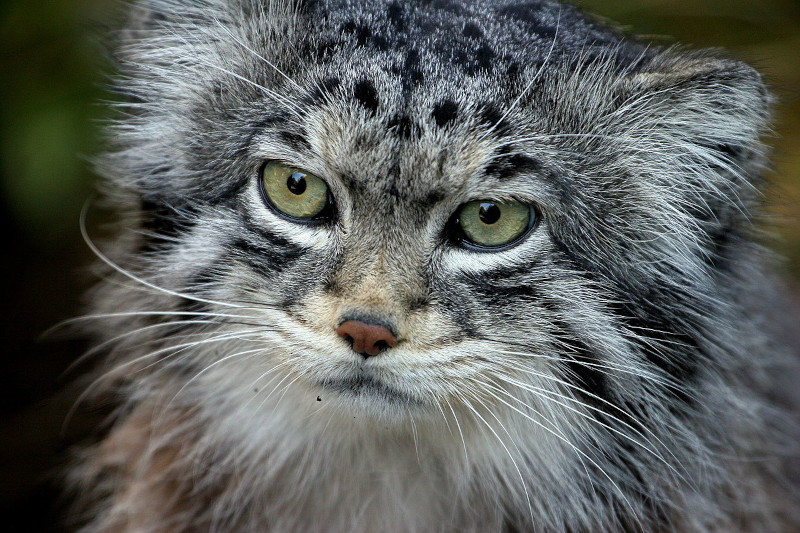

Andean Mountain Cat Physical Description
Though encounters with the intriguing Andean Mountain Cat remain rare, it’s virtually impossible to not be enthralled when it happens. However, this level of appeal occurs due more to its appearance than any physical dimensions. That’s because it’s only a small-to-medium size variety of wildcat.
This creation of Nature and evolution also follows a natural pattern common among wild felines. That’s the fact that it displays only a minimum amount of the physiological characteristic of sexual dimorphism. In its specific case, though, this trait manifests itself only in terms of sheer size.
Mature adults attain an average body length that measures roughly between 22 – 25 in (57 – 64 cm). These same examples also reach a mean weight that ranges from approximately 8.8 – 12 lb (4 – 5.5 kg). In both these categories, the males of the species tend to be in the upper end of that range.
Yet, the aspect of the gorgeous Andean Mountain Cat that most often appeals to observers during those rare sightings is its amazing coat. Its fur generally develops as comparatively thick, dense, and soft in its texture. The base coat typically ranges in color from an ash gray to a silvery-gray shade.
Multiple distinctive markings serve to augment this pattern, however. Dark grayish to brownish-black rosettes and spots appear arranged in irregular vertical rows along the flanks. The great majority of individuals, though not all, also display distinctive dark bands across the limbs and tail.
The mammal also evolved other patterns of coloring to entrance the viewer. Contrasting sharply with the darker shades above and on the sides, the underparts present as much lighter, even whitish. The face holds dark lines running from the inner and outer corners of the eyes down to the cheeks.
Not to be outdone, though, the tail of this amazing feline also earns its share of appreciation, being considered one of its most striking features. This develops as bushy and long in relation to the body size compared to most of its relatives. It’s even marked with 6–9 dark rings, ending in a dark tip.
- Kingdom: Animalia
- Phylum: Chordata
- Class: Mammalia
- Order: Carnivora
- Family: Felidae
- Genus: Leopardus
- Species: L. jacobita
Andean Mountain Cat Distribution, Habitat, and Ecology
Lamentably, the mesmerizing Andean Mountain Cat apparently evolved as indigenous to only a very small swathe of the surface of the earth. The general location of that zone of habitation likely won’t surprise anyone, given its common name. It’s native to a specific portion of South America.
Even within this already extremely limited territorial range, however, this wonder of Nature inhabits only certain sections of that continent. In fact, it’s only known to appear inside the national borders of four countries on the landmass. Those areas consist of Bolivia, Chile, Peru, and Argentina.
Yet it also restricts itself even further within this tiny zone. That’s because the small marvel displays decidedly strong and precise preferences regarding its choice of habitat. It lives in the Andean Mountain Range, typically appearing at altitudes ranging from 9,800 – 16,400 ft (3,000 – 5,000 m).
Within this region, it generally inhabits several specific types of areas and ecosystems. These most often consist of puna grasslands, rocky outcrops, and arid alpine and steppe environments. Ocassionally, though, it’s seen near polylepis woodlands or high-altitude wetlands called bofedales.
The ecology of the incredible Andean Mountain Cat remains very closely tied to its high-altitude Andean environment. Like other felids, the animal evolved as carnivorous in nature. It primarily stalks its prey from cover, using stealth. These activities mainly occur at either dawn or dusk.
Its main prey consists of any of four species of viscacha native to the region. It’s an opportunistic hunter, however, so it take other prey as it encounters them. Various small rodents and birds serve this purpose well. Though not confirmed, it’s believed to also consume reptiles and insects.
Like most known wild cats, this breathtaking work of Nature evolved to live a mainly solitary life. The main exception to this occurs during mating season or when mothering young. Although unconfirmed, given its reclusive nature, it’s thought that individuals maintain specific territories.
Researchers believe that the period for reproductive activities takes place between the months of November to April. Litters likely include 1 -2 young, though direct observations rarely occur. Like all other felines, the cubs remain fully dependent on maternal care, likely for several months.
Species Sharing Its Range
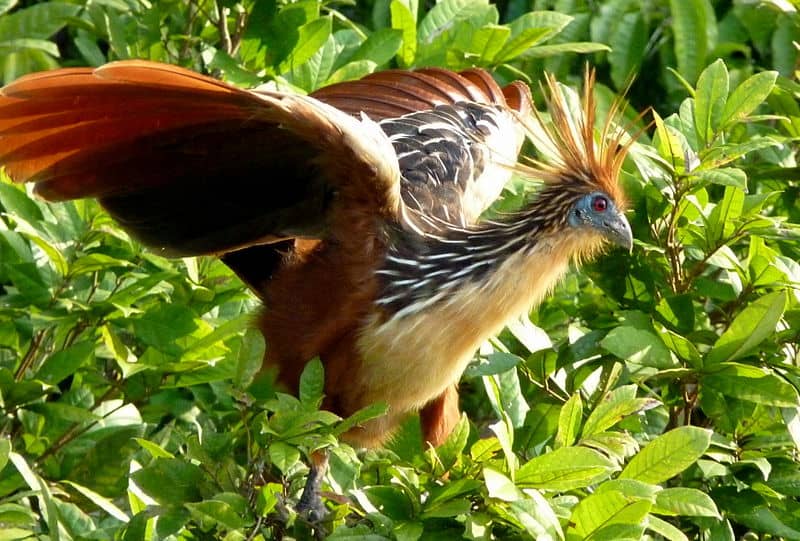

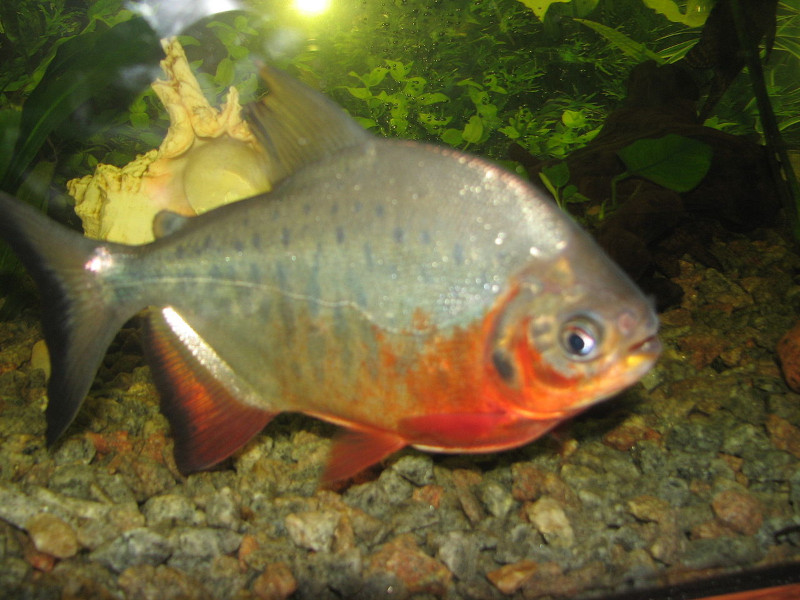
Check out our other articles on 5 Amazing Galapagos Islands Species, Coffinfish, Multnomah Falls, Isabella Tiger Moth, Purple Frog, Striped Possum, Snowy Owl, Naked Man Orchid, Gila Monster
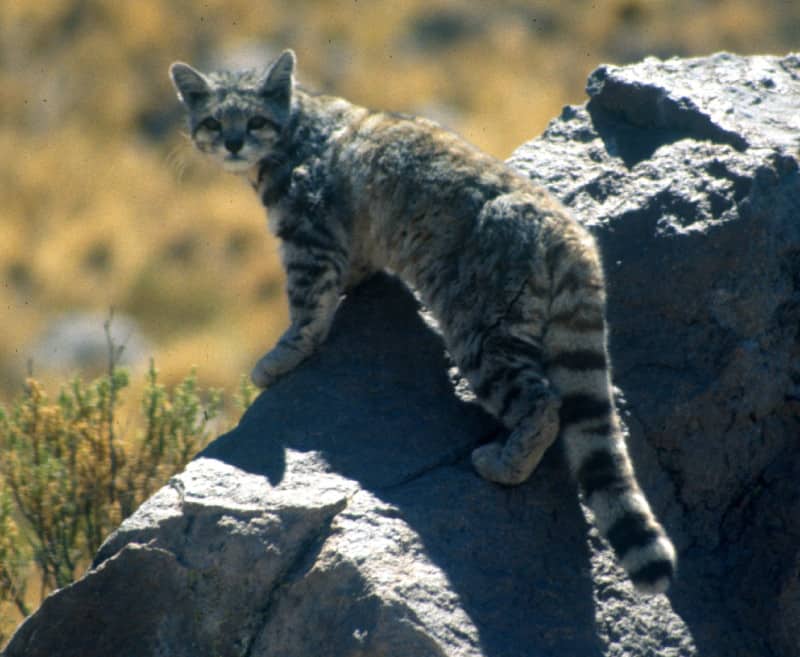










Leave a Reply